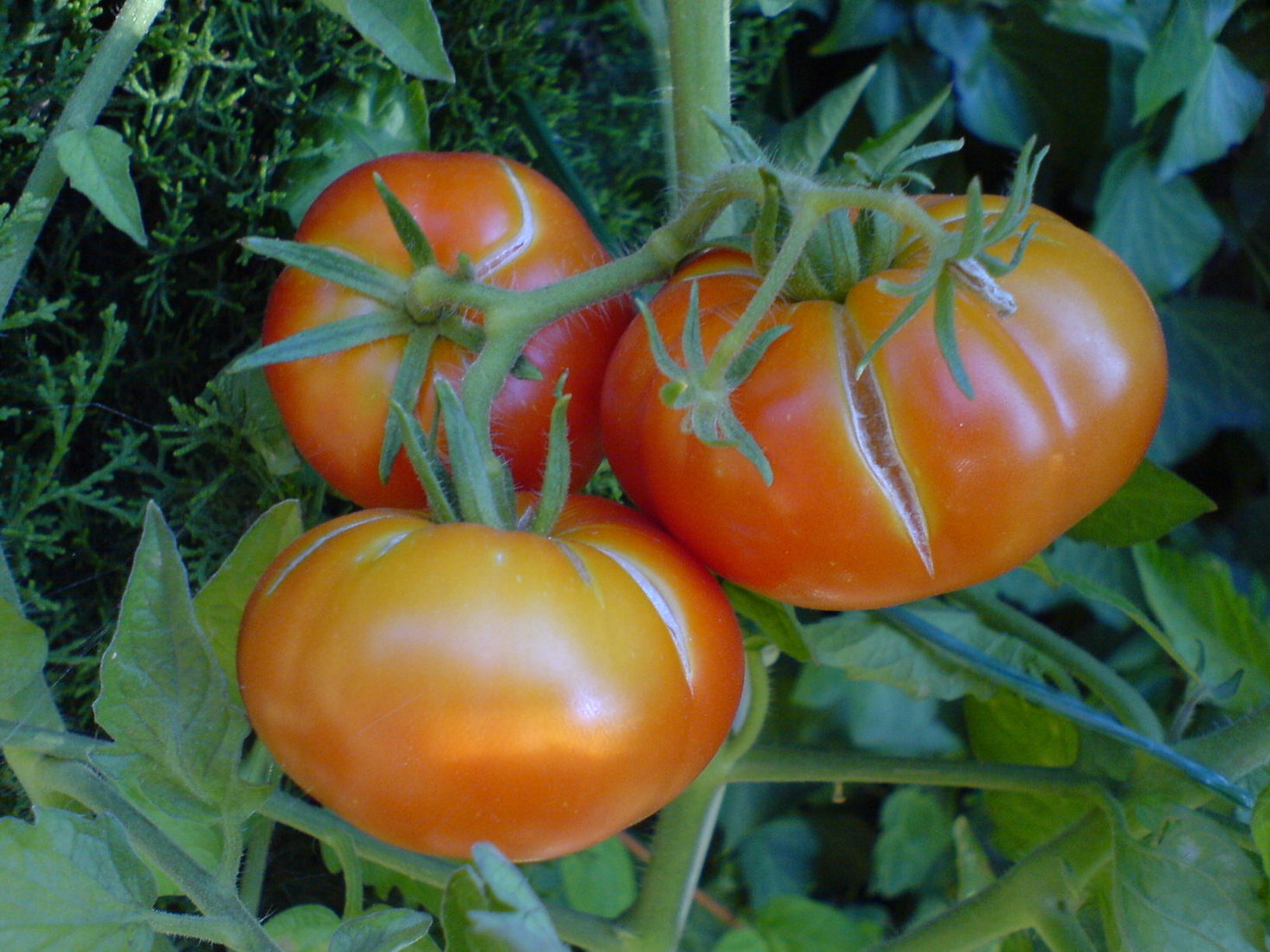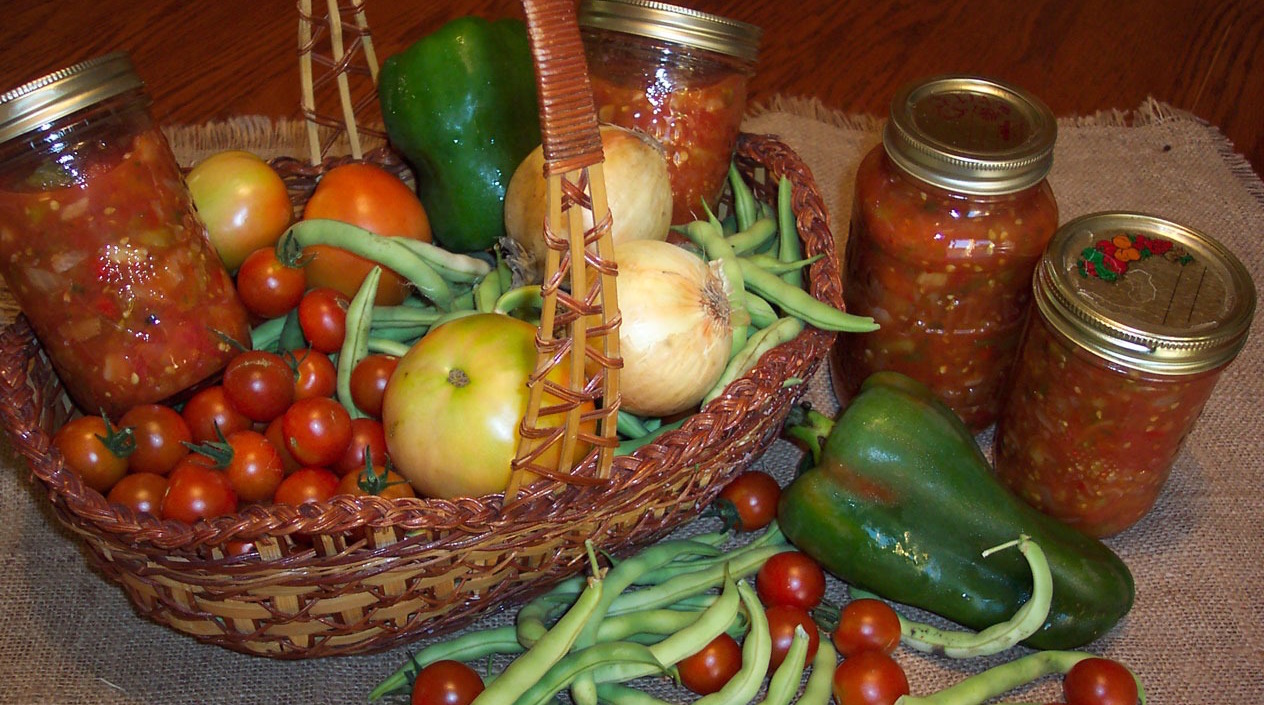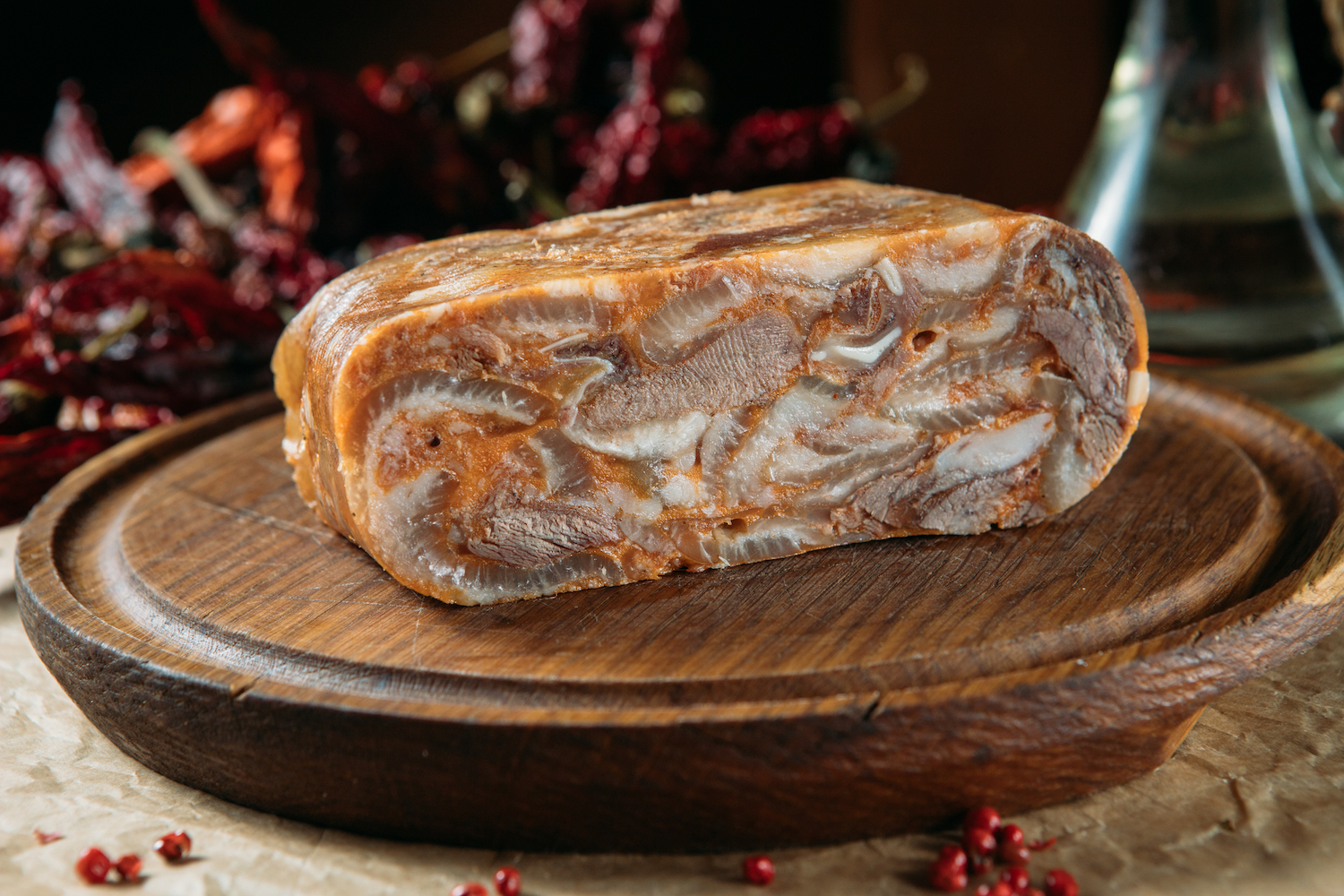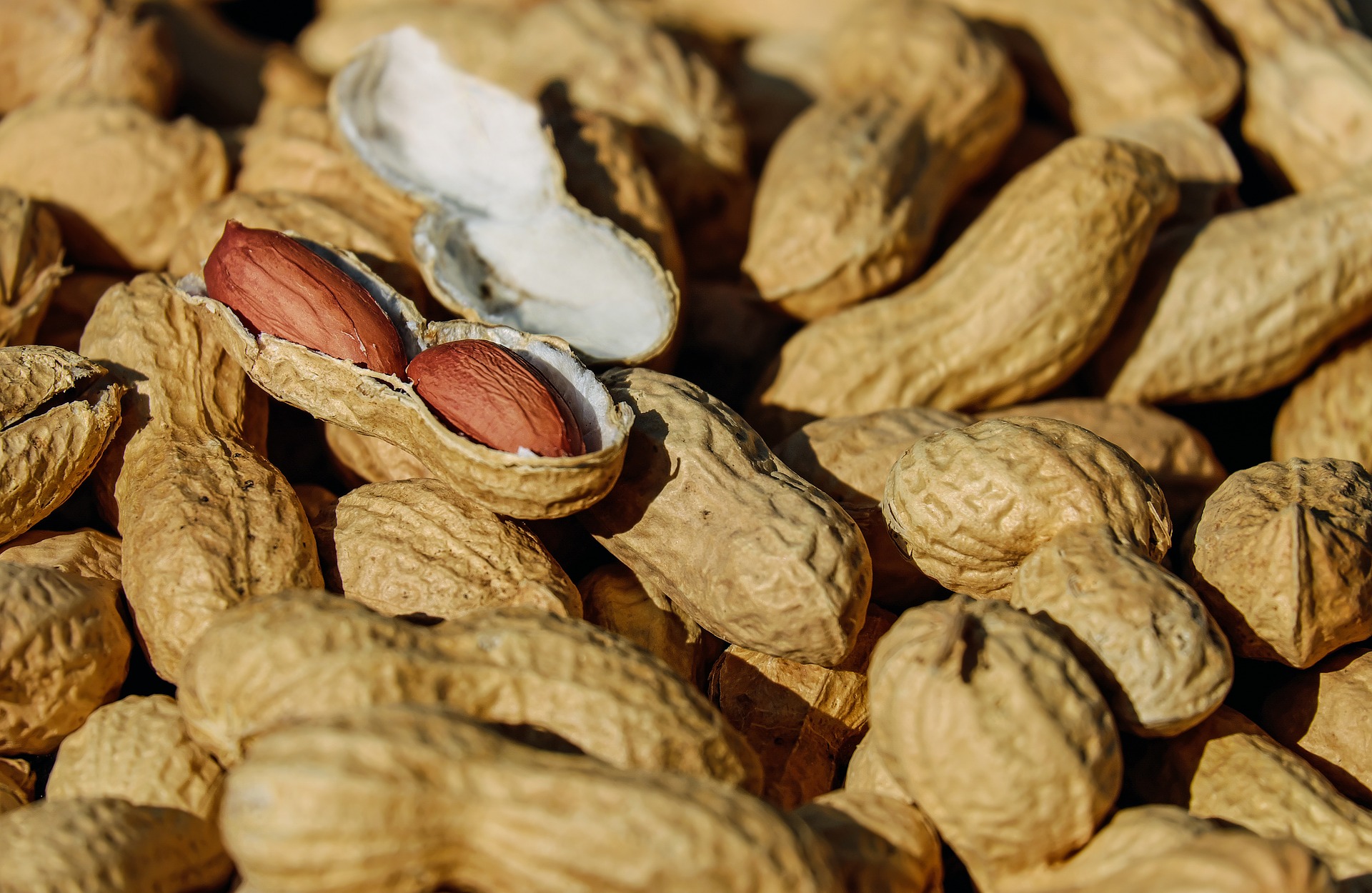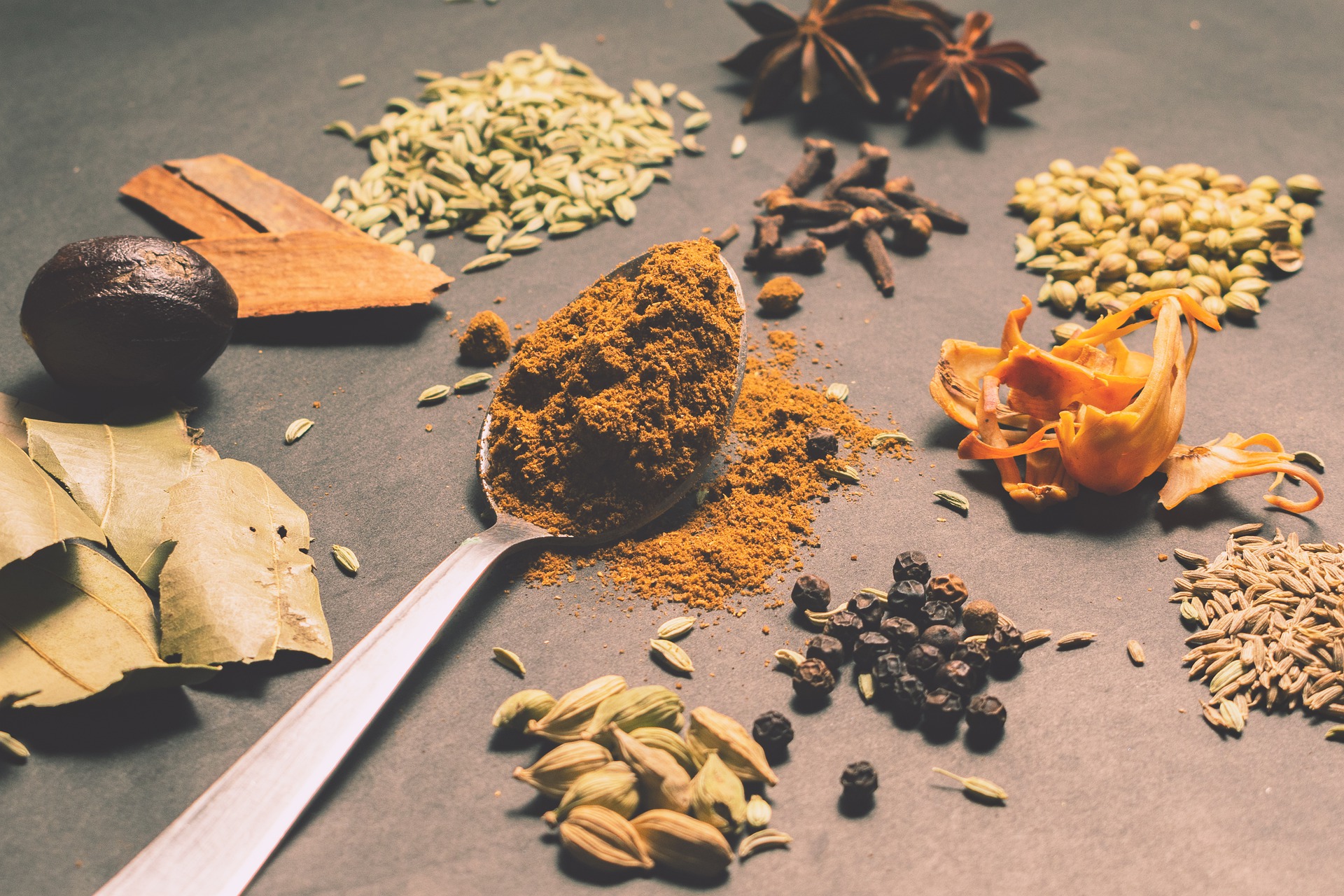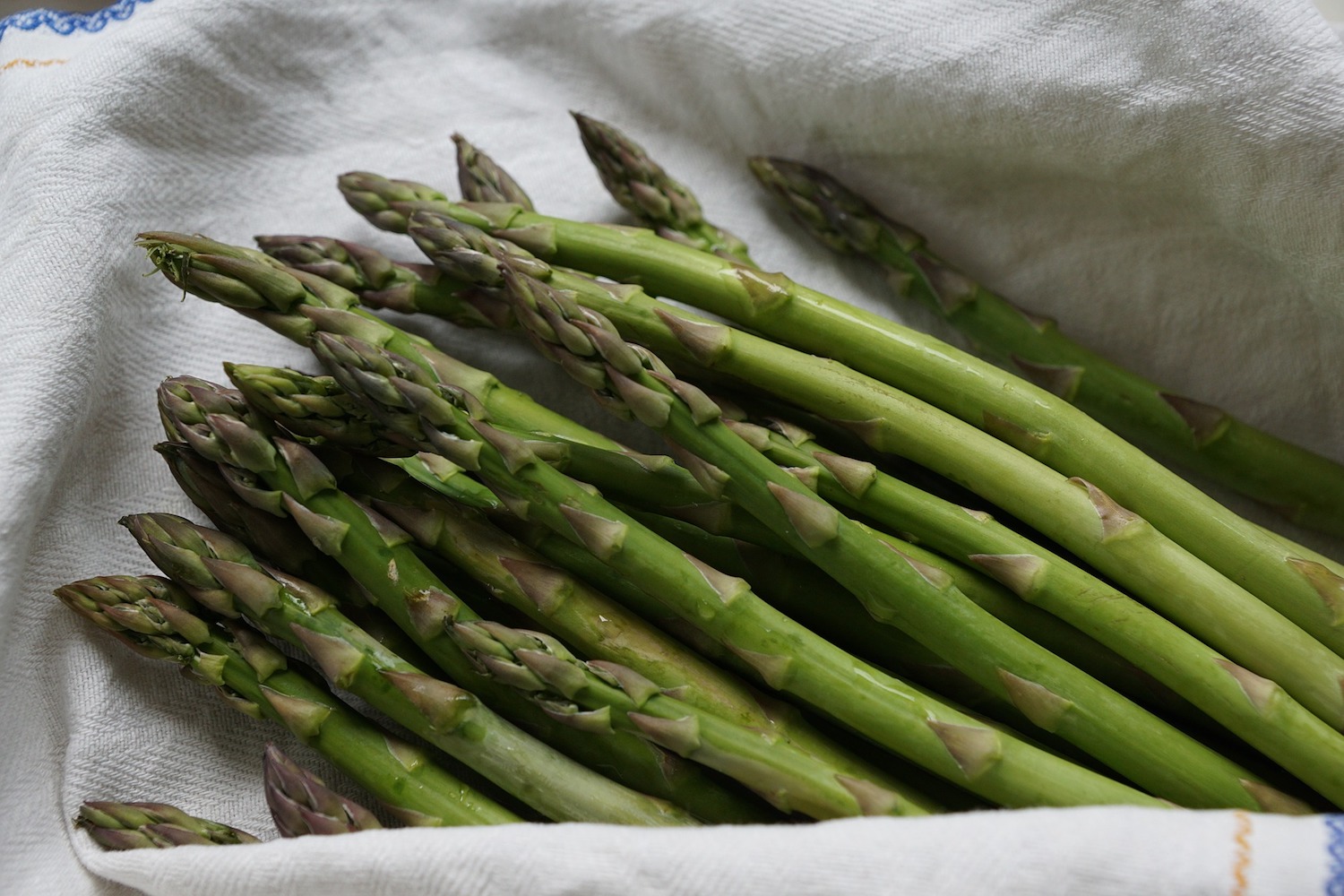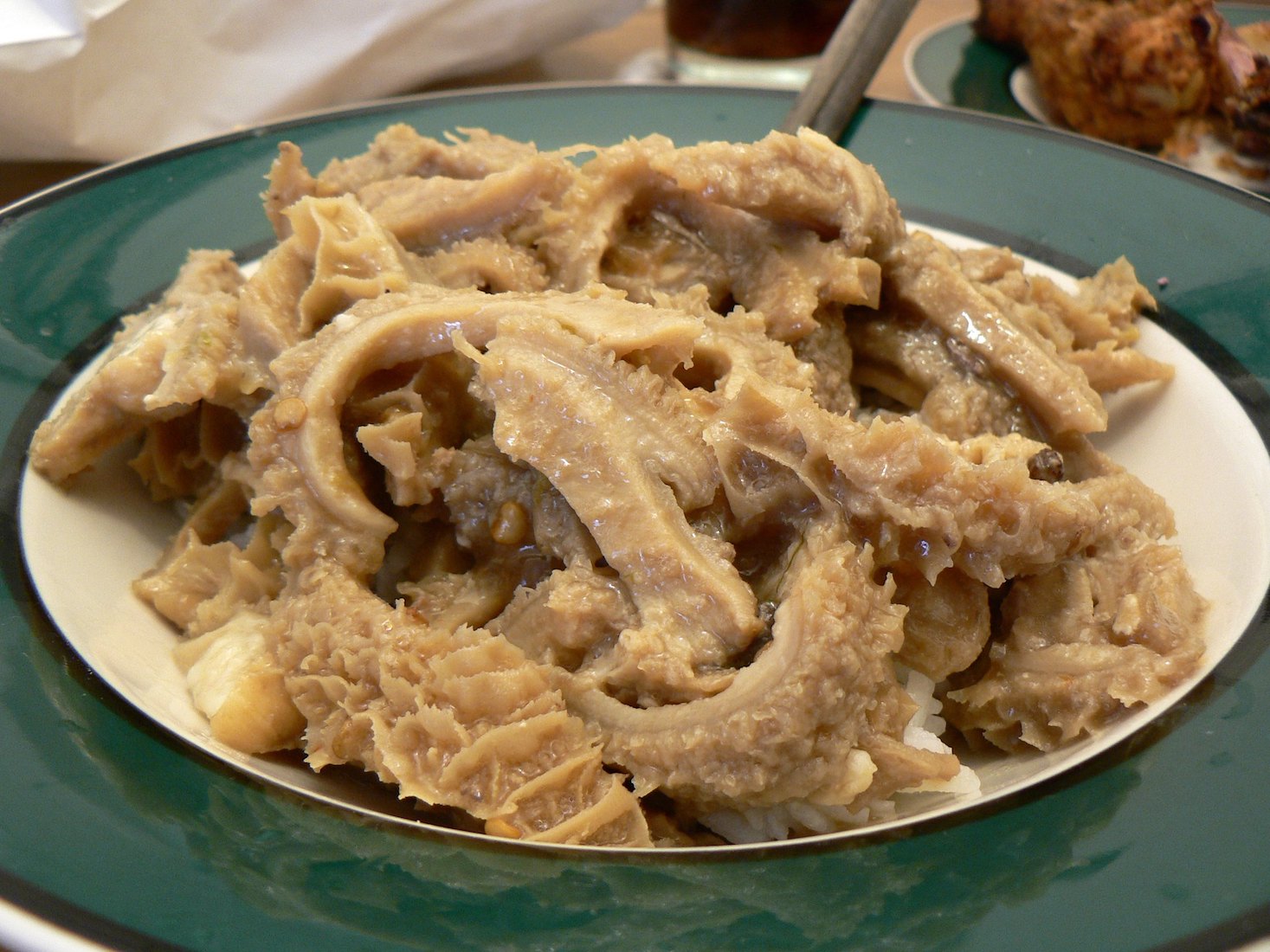The Icebox (Non-Electric Refrigerator)
To keep food cold In the 1800s, wooden boxes lined with tin or zinc and insulated with various materials. These boxes were called “refrigerators” until the modern electric refrigerator was developed. Then they were referred to as “iceboxes.” In 1915, the electric household refrigerator was introduced in the US, but it wasn’t until the 1920s that the market began to grow. This was due to a new refrigerant, Freon, which made them more reliable. By the 1930s, the average American…

